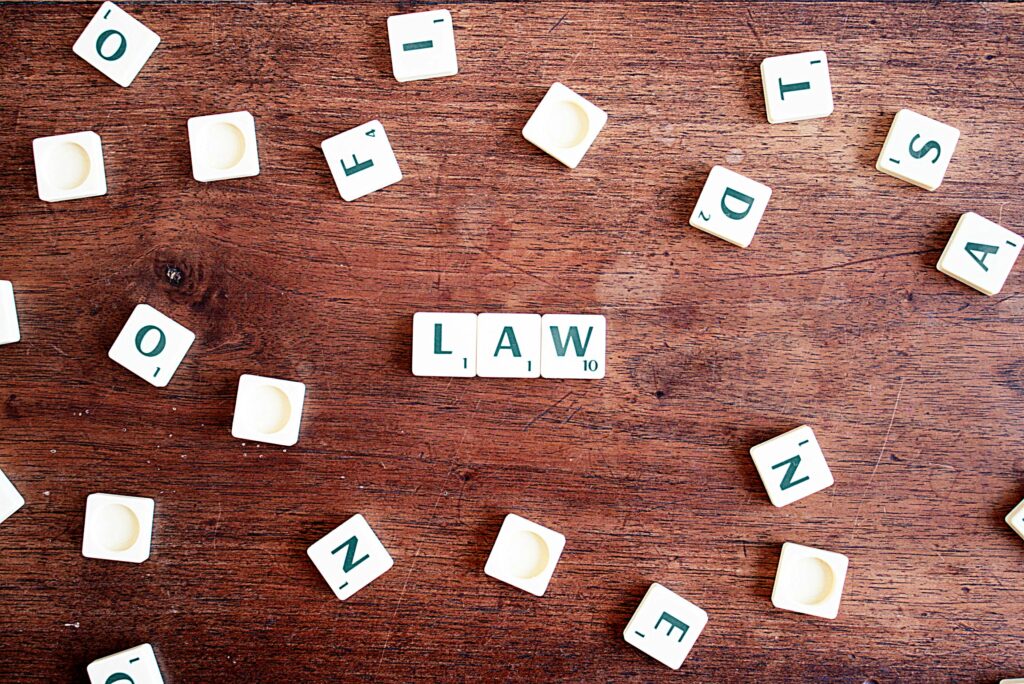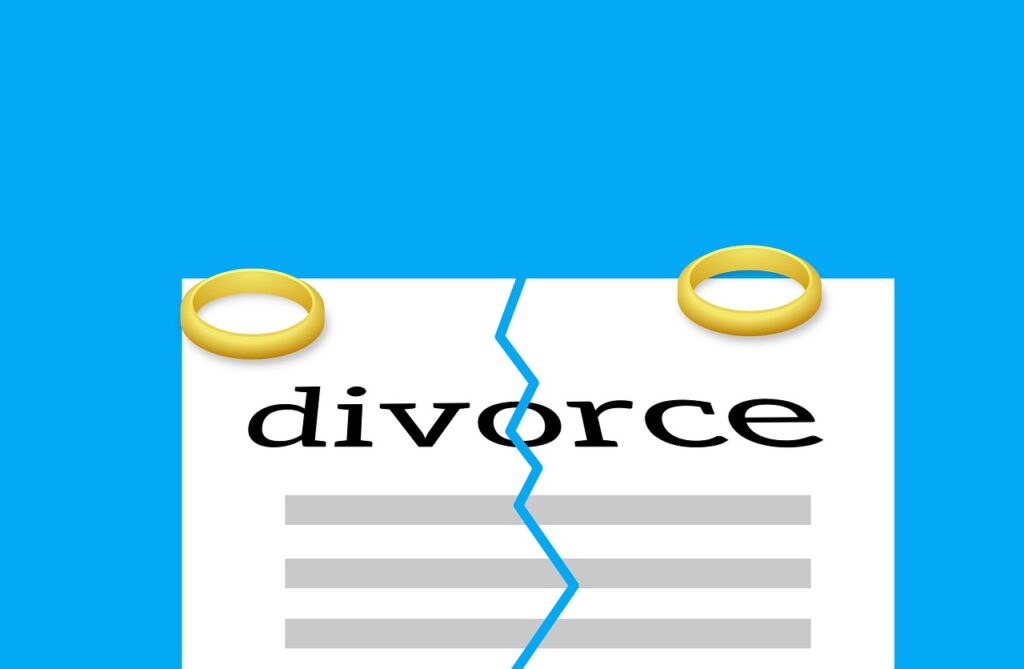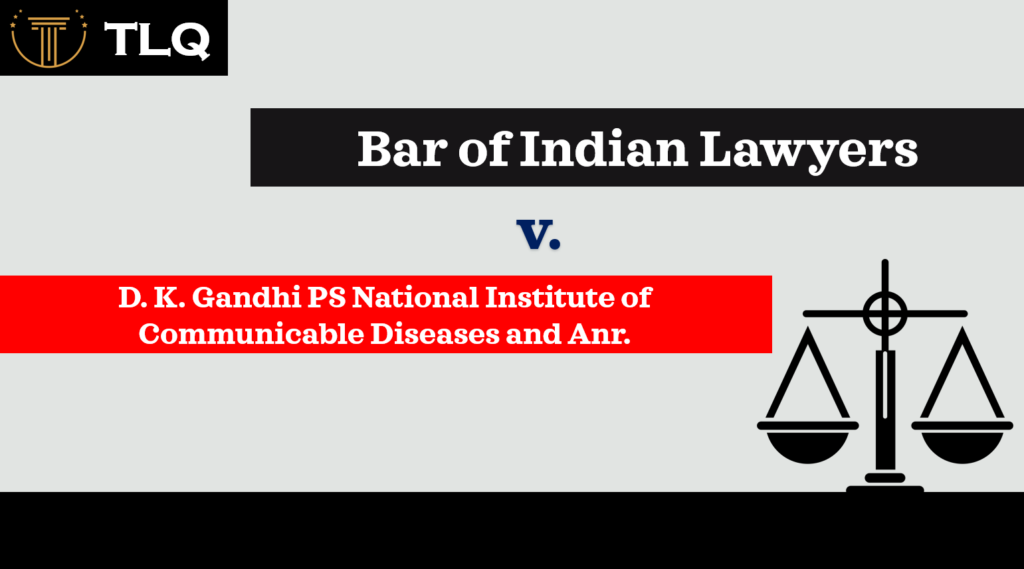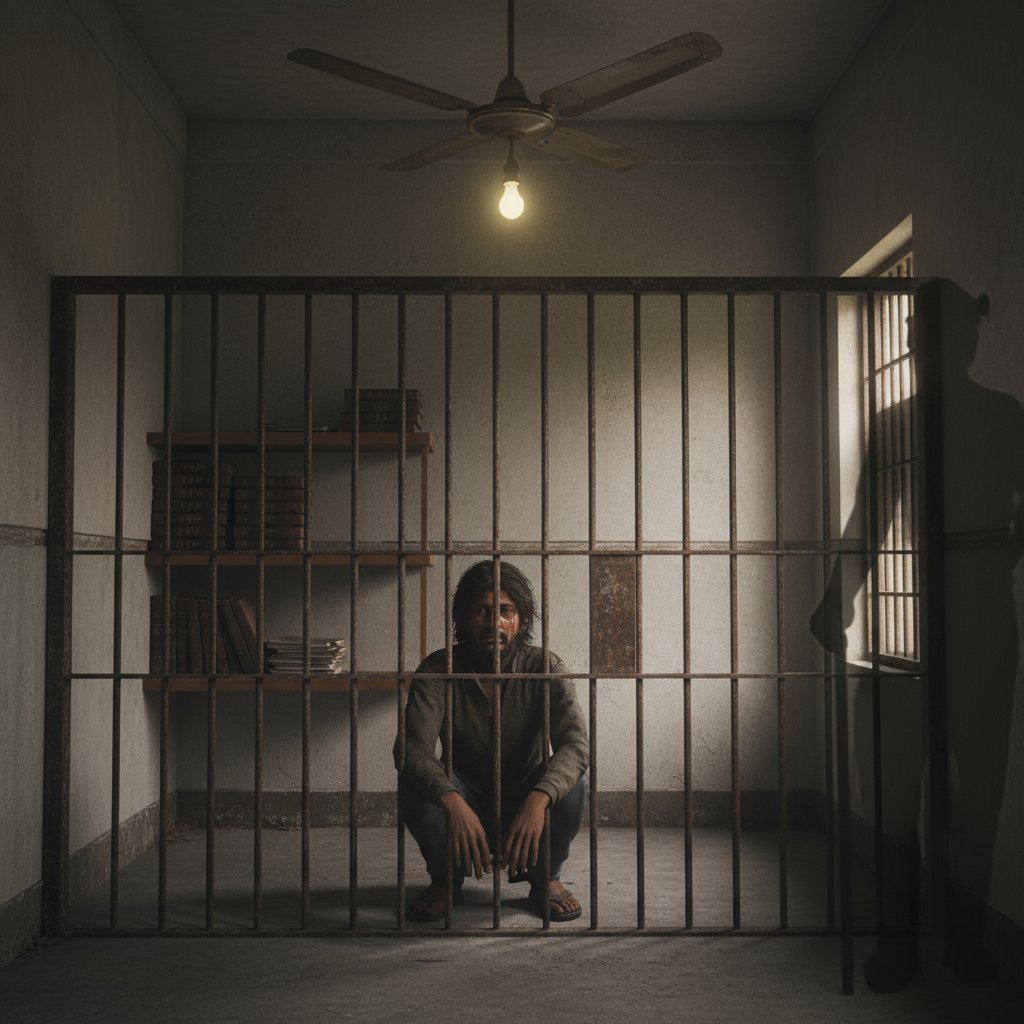Published On: 8th February, 2024
Authored By: Mani Balaji S
Christ (Deemed to be University)
INTRODUCTION
Media impacts every citizen of India in the way we think and our lifestyle. It has a significant impact on the way we view our surroundings. The media has presented its content in various ways over the last couple of years, increasing its influence over the opinions of individuals. Sadly, the Indian press has strayed from fact-based journalism and is gradually assuming the role of a newsroom reporter covering judicial proceedings. Similar patterns are more frequently observed in media reports on situations that capture the public’s attention. Instead of enhancing the public’s awareness of the legal system and the proceedings, the Indian media’s reporting aims to boost ratings and viewership. This assumption of the role of the judiciary by the media has thus gravely affected court hearings. In essence, a trial is a procedure that the courts must follow. There is no doubt that the media trial has interfered excessively with the administration of justice. Providing a fair shot to those charged is fundamental to every legal system. In India, there is a general increase in curiosity among individuals for prominent and controversial cases. Individuals gather material to build up their cases in their minds, and the media feeds this desire for dramatic stories by presenting their interpretations of the facts in publications, news outlets, and television newscasts.
HISTORY
The medium of print in the media field paved the way for electronic media. There were neither any laws nor a constitution in India before independence that guaranteed freedom of the press. The colonial administration regulated the media’s operations and freedom of speech. Although the press release was not explicitly mentioned in the Indian Constitution even after independence, it was widely recognized and regarded as a byproduct of the freedom of speech and expression protected by Article 19(1)(a). The Press Council of India (PCI) was founded in 1978 to protect the freedom of the press and raise the caliber of Indian journals and news organizations. However, the effort to preserve it took time to arrive. The so-called mainstream media outlets have grossly abused the freedom of the press in India. There is no denying the media’s impact in shaping public opinion. Nevertheless, media trials frequently use their ability to sway public opinion and restrict the freedom of speech.
Media trials violate standard rules for conduct and morally acceptable standards regarding free speech and expression. Legally speaking, these trials also interfere with court processes, affecting the functioning of judicial tribunals. Most cases at the heart of media trials result from unfounded speculations and complete fabrications, which serve no purpose other than to draw attention. These stories only influence The public’s minds because they yield to the preconceived notions that the media feeds them.
CASE LAWS
The Priyadarshini Matto case from 2006 was a pivotal instance whereby the media openly held its trial and grew overly intrusive. A law undergraduate was raped and killed, and the tests held by the press deduced its verdict whereby gravely impacting society and sowing a preconceived notion in the minds of the public. The legal aspect continued to impede the organization and vice versa during the Matto case probe. The media trial caused a massive uproar among the people, which eventually led the case to die down in terms of the judiciary, but it frequently resurfaces in the public eye when it suits.
Another case that saw the atrocity of media trial was the Noida Double Murder case in 2008. The public was very interested in the murders of Aarushi Talwar and Hemraj Banjade since the parents of the young girl were suspected of double murder. There were a lot of whispers and conjectures around this case, and the media did everything they could to benefit from it. In addition to holding trials, the majority of Indian media investigated the case, destroying the private life of a minor girl.
Additionally, the media created a story claiming that the parents thought the girl and servant were in a “compromising position.” The Indian press had accessed the dead person’s private information and was defaming the victims and accused. The couple had been dubbed killers by the media even though the court decided to release them due to insufficient proof. Numerous people pondered whether the dramatic media coverage, which featured obscene accusations against Aarushi and the perpetrators, was a media trial. The media’s false tests generally center on high-profile cases because people enjoy gossip, particularly when a well-known individual is implicated. Additionally, “investigating” these instances keeps viewers captivated. Media trials frequently overlook the importance of the judiciary, facts, evidence, and fair practices.
Furthermore, the media often broadcasts stories that include improper and unjust fake evidence, invasions of privacy, and defamation without hesitation.
ROLE OF MEDIA IN DEMOCRACY
The Freedom of speech and expression is protected under Article 19 of the Indian Constitution, which is commonly used as a weapon against the government. Notwithstanding the constitutional safeguard, the press and other media establishments in India have encountered many obstacles, such as threats, harassment, and assaults from political figures, government employees, and non-governmental organizations. The media, founded on the pursuit of equity, justice, and the truth, is the driving force that propels democracy ahead. Maintaining expectations for objectivity, accountability, and reliability in covering news is crucial for journalists in the digital age to conquer the obstacles presented by the media landscape’s rapid transformation.
Challenges arising due to the role of media in Democracy are:
- Media discrimination: When data is given to the public in a biased manner, it can result in the absence of neutrality and a disparity in the amount of accessible data. Consequently, the public may become more divided and lose faith in the media.
- The traditional media in India frequently adopts radical viewpoints and fails to balance them out, preferring to focus on topics that affect the average person instead of being impartial towards the government.
- False Information: The public frequently needs clarification and needs to be more informed due to fake news’s ability to propagate quickly, thanks to the popularity of social media. This may damage the media’s reputation and cause people to lose faith in what they find.
- Corporate Impact: Major corporations frequently control media outlets, which can impact the coverage and journalistic stances of the media. This may result in a lack of variety in thought and an affinity for profit over the interests of the general people.
- Governmental Censorship: Censorship is a tool that governments use to stifle dissent and regulate data flow. This may result in a lack of oversight and openness in government and restrict the media’s capacity to serve as a monitor.
- Problem of Legitimacy: Media organizations must have a varied and diverse workplace to produce intricate, thoroughly researched pieces that feature a range of viewpoints and voices. The worry that media sources might not always offer truthful, objective, and impartial reporting is known as the issue of media credibility.
- Media Trial: There are numerous cases where the general public has been made to believe someone is guilty before the judiciary has even rendered a conviction due to stories relayed by the media. Both due process and the lives of the impacted parties may suffer long-term effects from this.
As per the Madrid Principles on the Relationship Between the Media and Judicial Independence, the function of the media is to “share information to the public and to comment on the administration of justice, including cases before, during, and after trial, without violating the presumption of innocence.”
REGULATORY FRAMEWORK
In India, media trials, often called “trials by media,” have raised significant ethical and legal concerns. While freedom of speech and expression is a fundamental right protected by the Indian Constitution, balancing this freedom with ethical considerations and the right to a fair trial is essential. Several frameworks and guidelines exist to regulate media trials:
- Press Council of India (PCI): The PCI is a statutory body established under the Press Council Act 1978. It acts as a self-regulatory mechanism for the print media in India. The PCI can inquire into complaints against newspapers or journalists for unethical or unlawful conduct, including sensational reporting that can prejudice legal proceedings.
- News Broadcasting Standards Authority (NBSA): NBSA is a self-regulatory body for the news broadcasting industry. It sets forth guidelines and standards for news channels. While it does not have statutory powers, it is crucial in addressing complaints about unethical reporting, invasion of privacy, or sensationalism in electronic media.
- Telecom Regulatory Authority of India (TRAI): In the case of television news channels, TRAI is empowered to address content-related grievances. It can regulate the industry to maintain broadcasting standards and ethics.
- Contempt of Court Act: The Act safeguards the authority and dignity of the courts. It prohibits any act that scandalizes or tends to scandalize or lowers or tends to lower the power of any court. Media reporting that violates these provisions can be held in contempt.
- Norms of Journalistic Conduct: Various media organizations and associations, such as the Editors Guild of India, have established their codes of ethics and conduct. While these are not legally binding, they serve as guidelines for responsible reporting.
- Code of Criminal Procedure (CrPC): The CrPC allows courts to prohibit the publication of some issues to ensure a fair trial. Courts can pass orders to prevent the media from reporting certain aspects of a case.
These regulatory frameworks are aimed at balancing the right to freedom of speech with the responsibility of the media to ensure fair and unbiased reporting. However, the effectiveness of these mechanisms often depends on their implementation and the willingness of media organizations to adhere to ethical standards. Striking the right balance between freedom of the press and fair trial rights remains a complex challenge in India’s legal landscape.
FREEDOM OF SPEECH V. RIGHT TO A FAIR TRIAL
Freedom of speech, a fundamental right enshrined in democratic societies, often intersects with the right to a fair trial, creating a delicate balance between two essential principles. While both rights are crucial, conflicts can arise when exercising one right jeopardizes the other. Freedom of speech, a cornerstone of democracy, allows individuals, including the media, to express their opinions, share information, and criticize the government or other entities. It fosters transparency, accountability, and public participation in governance. However, this right can clash with the right to a fair trial, mainly when it involves prejudicial pre-trial publicity.
The right to a fair trial is fundamental, ensuring that every accused receives a fair and impartial hearing. This includes the right to an unbiased jury, the presumption of innocence, and protection against prejudicial influences. When sensationalized or biased, pre-trial publicity in the media can infringe upon these rights by shaping public opinion and influencing potential jurors. Courts worldwide grapple with this conflict. They seek to preserve freedom of speech while safeguarding the fairness of judicial proceedings. To strike a balance, legal systems employ various mechanisms. These include restricting media reporting on sensitive cases, delaying or changing trial venues, sequestering jurors, and imposing contempt of court sanctions when necessary.
While navigating these challenges, courts must consider the importance of public scrutiny in ensuring accountability and preventing governmental abuses. However, this scrutiny should not come at the cost of depriving a defendant of a fair trial. Striking this balance is an ongoing challenge, especially in the age of instant digital communication and social media, where information spreads rapidly. The tension between freedom of speech and the right to a fair trial underscores the complexity of maintaining a just and open society. Courts and legal systems must adapt and evolve to preserve both rights, upholding the principles of democracy and justice in equal measure.
CONCLUSION
In conclusion, the media in India wields immense influence over public opinion and the administration of justice. However, this power must be wielded responsibly, guided by a strict ethical framework that respects the fundamental principles of justice and democracy. Media trials have repeatedly strayed from ethical boundaries, often at the cost of the presumption of innocence, right to privacy, impartiality, accuracy, and the integrity of legal proceedings.
Balancing the fundamental right to freedom of speech and the right to a fair trial is an intricate challenge. Various regulatory frameworks, such as the Press Council of India, the News Broadcasting Standards Authority, and contempt of court laws, aim to address this balance. Still, their effectiveness depends on implementation and media organizations’ commitment to ethical standards.
The dynamic interaction between freedom of speech and the right to a fair trial underscores the complexity of maintaining a just and open society. Striking this balance necessitates constant vigilance, adaptation to evolving media landscapes, and a commitment to the principles of democracy and justice. It is incumbent upon media organizations, journalists, lawmakers, and the public to uphold these principles to ensure that media trials do not compromise the rights and integrity of individuals and the legal system in India. By adhering to ethical considerations, the media can be a force for justice, transparency, and the rule of law in the country.




